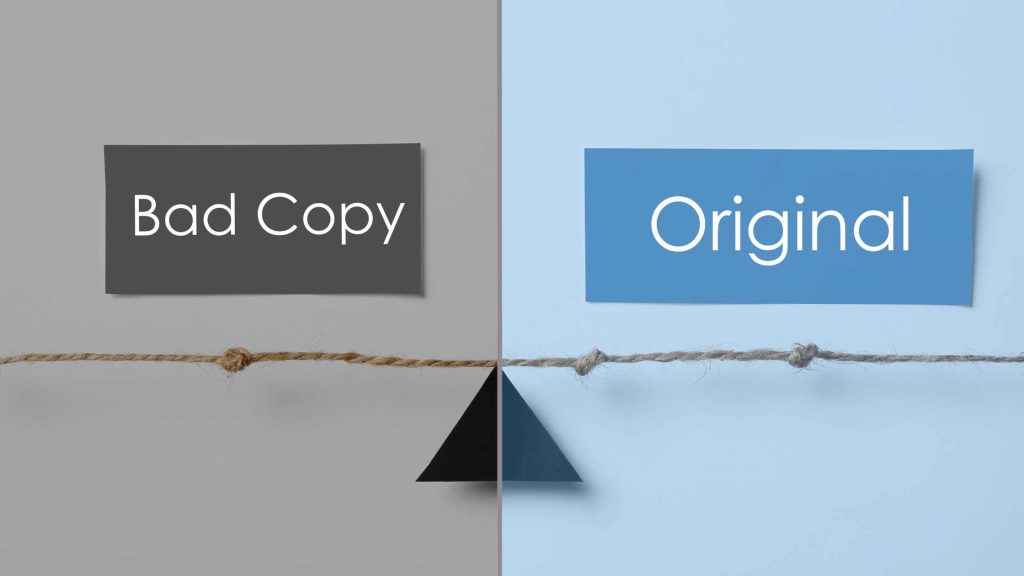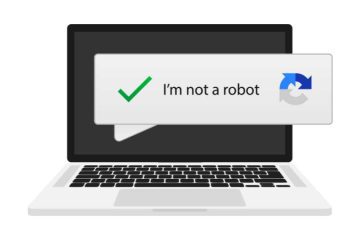Are you tired of the endless struggle to create original and engaging content? Look no further than Chat GPT, the revolutionary AI-powered chatbot that claims to be plagiarism-free. But is it too good to be true? In this eye-opening article, with a particular focus on the key question “Is Chat GPT Truly Plagiarism-Free?”, we will delve into the depths of Chat GPT to uncover the truth behind its plagiarism-free claim.
With its advanced machine learning algorithms, Chat GPT has become a go-to tool for content creators and students alike. But how does it really work? Is it truly capable of generating unique and original content? Join us as we explore the inner workings of Chat GPT and separate fact from fiction. Whether you’re a writer, a student, or simply curious about the latest AI technologies, this article will provide you with the answers you’ve been looking for. Get ready to unveil the truth about Chat GPT and discover if it truly lives up to its plagiarism-free promise.
Understanding the Concept of Plagiarism

Plagiarism is a serious offense that involves using someone else’s work or ideas without giving proper credit. Whether intentional or unintentional, plagiarism undermines the integrity of academic and creative endeavors. It is essential for writers and researchers to understand the nuances of plagiarism to maintain originality and ethical standards in their work.
Plagiarism can take various forms, including direct copying of text, paraphrasing without proper attribution, and even self-plagiarism, which involves reusing one’s own previously published work without acknowledgment. Detecting plagiarism has traditionally relied on manual methods, such as comparing texts and conducting extensive research to identify potential sources. However, the rise of AI-powered tools like Chat GPT has promised to revolutionize the way plagiarism is detected and prevented.
Concerns and Controversies Surrounding Chat GPT’s Plagiarism-Free Claim
While Chat GPT has gained popularity for its ability to generate human-like text, concerns have been raised regarding its potential to produce plagiarized content. Critics argue that since Chat GPT learns from vast amounts of existing text, there is a risk that it may inadvertently generate content that resembles existing works. This raises questions about the authenticity and originality of the text generated by Chat GPT.
One of the main controversies surrounding Chat GPT’s plagiarism-free claim is the lack of transparency in its training data. OpenAI, the organization behind Chat GPT, has not disclosed the specific sources used to train the model, making it difficult to assess the extent to which it may have been influenced by existing copyrighted material. This lack of transparency has fueled skepticism and calls for greater accountability in AI-generated content.
Evaluating the Effectiveness of Chat GPT in Detecting Plagiarism
Despite concerns, Chat GPT does incorporate measures to detect and prevent plagiarism. The AI-powered chatbot is designed to flag potential instances of plagiarism and provide suggestions for paraphrasing or citing sources. However, the effectiveness of these measures remains a subject of debate.
To evaluate the effectiveness of Chat GPT in detecting plagiarism, researchers have conducted extensive tests and experiments. These evaluations involve inputting plagiarized text into Chat GPT and assessing its ability to identify the source or recognize the similarities with existing works. While Chat GPT has shown some success in detecting blatant cases of plagiarism, it may struggle with more subtle forms, such as paraphrasing or rewording.
Case Studies and Real-Life Examples
To gain a deeper understanding of Chat GPT’s capabilities in generating original content, let’s examine some real-life case studies and examples. These anecdotes shed light on the potential pitfalls and limitations of relying solely on AI-generated text.
One case study involved a student using Chat GPT to complete a research paper. Despite the chatbot’s assurances of producing plagiarism-free content, the paper was flagged for significant similarities with existing articles. This highlights the importance of not solely relying on AI-generated content without proper verification or cross-referencing.
In another example, a content creator used Chat GPT to generate blog posts for their website. While the text was engaging and well-written, it was later discovered that substantial portions of the content were similar to existing articles. This incident emphasizes the need for content creators to exercise caution and perform thorough checks to ensure the originality of the content generated by AI tools.
Alternative Plagiarism Detection Tools and Their Advantages
While Chat GPT is a popular choice for content creation, it is not the only tool available for plagiarism detection. Several alternative tools offer unique features and advantages that can complement or even surpass the capabilities of Chat GPT.
One such tool is Turnitin, a widely used plagiarism detection software in educational institutions. Turnitin employs advanced algorithms and a vast database of academic papers to identify similarities and potential instances of plagiarism. Its extensive database and rigorous analysis make it an effective tool for maintaining academic integrity.
Grammarly, another popular writing assistant, not only helps users improve their grammar and writing style but also provides a plagiarism checker. Grammarly’s plagiarism detection feature compares texts against a vast database of webpages and academic publications, highlighting potential instances of plagiarism and offering suggestions for improvement.
Strategies to Ensure Originality When Using Chat GPT

While Chat GPT and other AI-powered tools can be valuable assets in content creation, it is crucial to adopt strategies that ensure originality and integrity. Here are some strategies to consider when using Chat GPT:
1. Verify and cross-reference: Always double-check the content generated by Chat GPT against reliable sources to ensure its originality and accuracy.
2. Paraphrase and cite sources: When incorporating information from existing works, rephrase the text in your own words and provide proper citations to avoid plagiarism.
3. Use plagiarism detection tools: Supplement Chat GPT’s built-in plagiarism detection with dedicated tools like Turnitin or Grammarly to conduct thorough checks for potential similarities.
4. Edit and revise: Take the time to review and edit the content generated by Chat GPT, making necessary modifications to enhance originality and coherence.
Ethical Considerations When Using AI-Generated Content
As AI technologies like Chat GPT become more prevalent, it is essential to address the ethical considerations associated with their use. When utilizing AI-generated content, it is crucial to:
1. Respect copyrights and intellectual property: Ensure that the content generated by AI tools does not infringe upon copyright laws or violate intellectual property rights.
2. Acknowledge AI assistance: When using AI-generated content, clearly indicate the involvement of AI tools to maintain transparency and uphold ethical standards.
3. Supplement with human expertise: While AI tools can be powerful aids, they should not replace human expertise and critical thinking. Human input is essential in interpreting and verifying AI-generated content.
The Future of AI in Plagiarism Detection
As AI technology continues to evolve, the future of plagiarism detection holds promising possibilities. AI-powered tools like Chat GPT will likely improve their ability to detect and prevent plagiarism, providing content creators and educators with more sophisticated solutions.
However, it is crucial to strike a balance between relying on AI for plagiarism detection and maintaining human oversight. The human element is necessary to ensure the contextual understanding, interpret nuances, and make informed decisions regarding plagiarism.
Conclusion: Balancing the Benefits and Limitations of Chat GPT in Maintaining Academic Integrity
In conclusion, Chat GPT offers a powerful platform for content generation, but its claim of being plagiarism-free requires careful scrutiny. While the AI-powered chatbot incorporates measures to detect and prevent plagiarism, its effectiveness may vary in different scenarios.
Content creators and students must be aware of the limitations and potential pitfalls of relying solely on AI-generated content. By adopting strategies to ensure originality, utilizing alternative plagiarism detection tools, and maintaining ethical standards, we can strike a balance between leveraging AI technologies and upholding academic integrity.
As AI technology continues to advance, it is crucial to embrace its potential while recognizing the importance of human expertise and critical thinking in maintaining originality and ethical standards. By unveiling the truth about Chat GPT and other AI-powered tools, we can navigate the evolving landscape of content creation with confidence and integrity.

Hello, I’m Ali Raza, the brain behind Digital Realm Trends.
Hailing from the vibrant world of digital marketing, I’ve honed my skills over years. Based on my experience, I’m here to unravel the complexities of digital marketing, analytics and paid marketing, crafted for individuals like you. Join me in uncovering the power of digital marketing tools and strategies, fueled by experimentation and insights.




